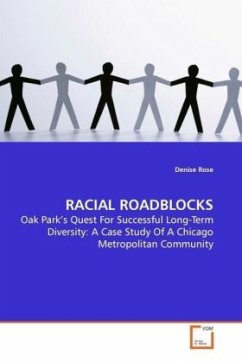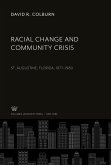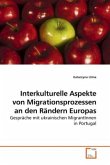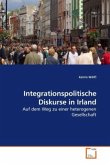This study investigates race-related challenges in
Oak Park, Illinois, a metropolitan Chicago community
nationally known for achieving long-term racial
diversity. Since its 1968 Open Housing Ordinance,
Oak Park has maintained white residential demand, an
achievement elusive to most communities facing
racial change. However, despite its racial
stability, this study argues that Oak Park faces
several racial roadblocks to successful diversity.
In-depth interviews with forty Oak Park households,
half black, half white, indicate these roadblocks
create a color line in which black and white
residents experience the community in some
fundamentally different ways. The study s findings
and recommendations have relevance beyond the Oak
Park community. As growing racial and ethnic
diversity characterize the 21st century American
experience, it is essential that new strides occur in
eradicating the residential segregation that
persists in many of our nation s metropolitan
areas. Communities desiring successful long-term
diversity will find the study s unique insights
valuable when striving toward this vital national
goal.
Oak Park, Illinois, a metropolitan Chicago community
nationally known for achieving long-term racial
diversity. Since its 1968 Open Housing Ordinance,
Oak Park has maintained white residential demand, an
achievement elusive to most communities facing
racial change. However, despite its racial
stability, this study argues that Oak Park faces
several racial roadblocks to successful diversity.
In-depth interviews with forty Oak Park households,
half black, half white, indicate these roadblocks
create a color line in which black and white
residents experience the community in some
fundamentally different ways. The study s findings
and recommendations have relevance beyond the Oak
Park community. As growing racial and ethnic
diversity characterize the 21st century American
experience, it is essential that new strides occur in
eradicating the residential segregation that
persists in many of our nation s metropolitan
areas. Communities desiring successful long-term
diversity will find the study s unique insights
valuable when striving toward this vital national
goal.








